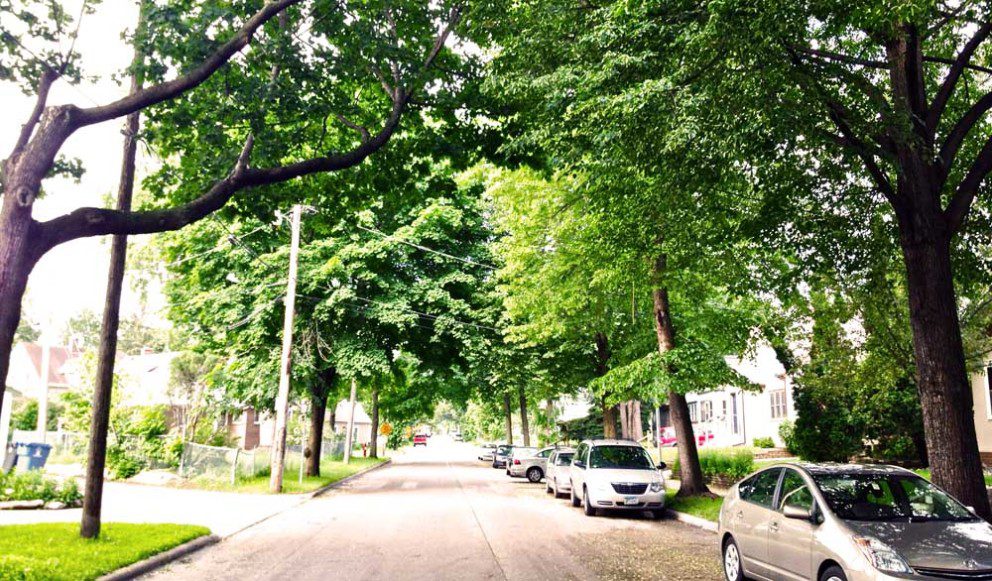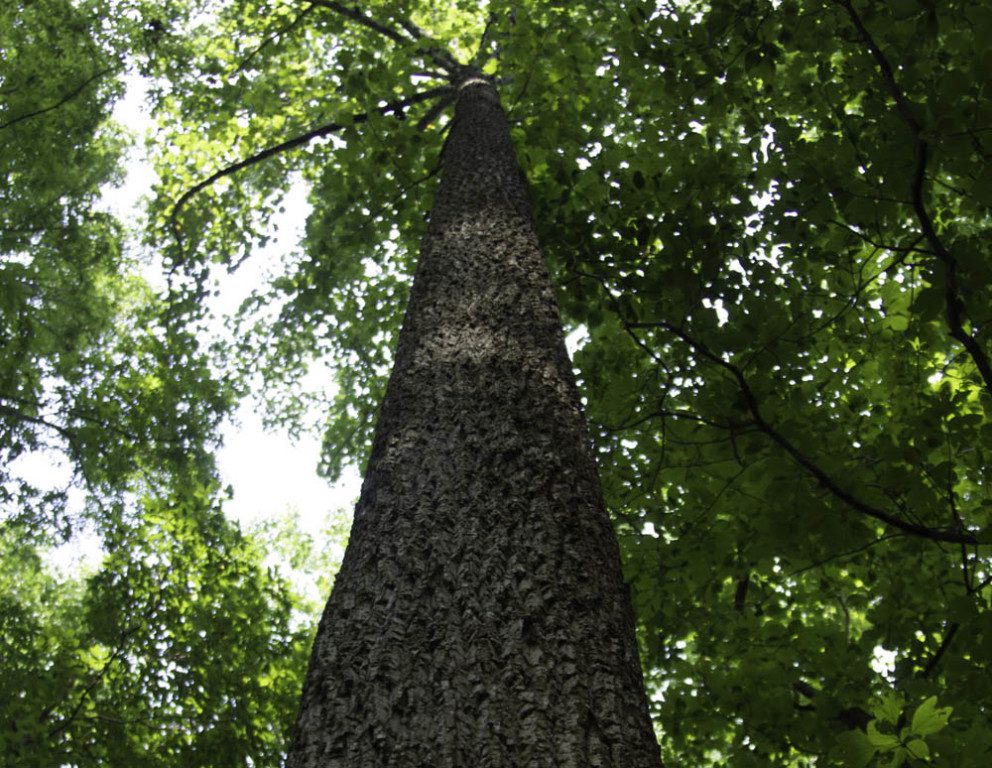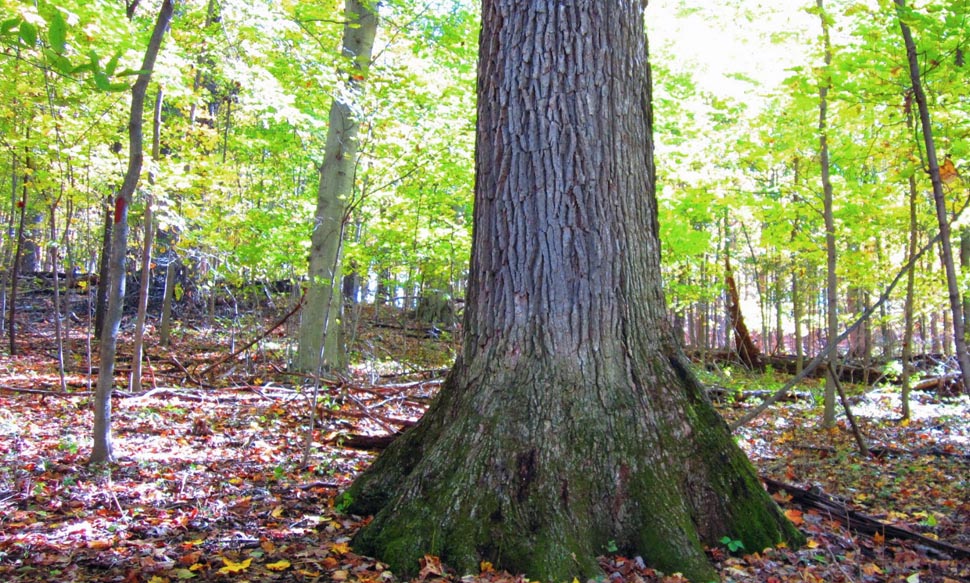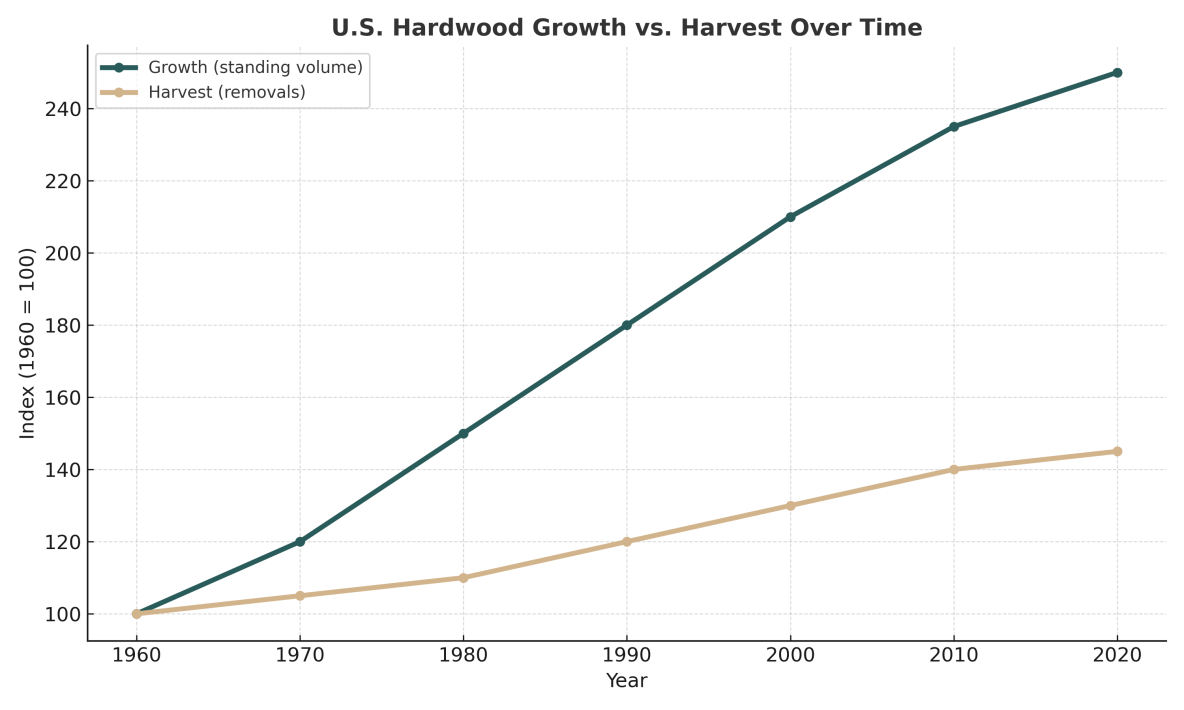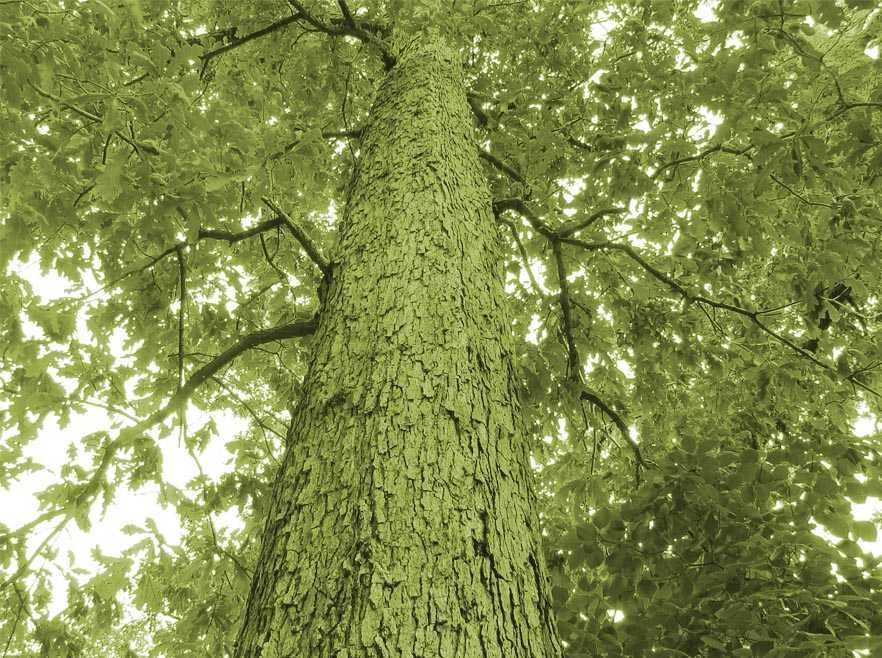Ash trees have suffered a decline in there value over the past several years. This decline has been driven largely by the supply glut created from pre-emptive harvesting in hopes of removing the trees before they are lost to the Emerald Ash Borer invasive beetle. Read more »
Liability, Insurance and Logging
Harvesting timber with chainsaws and heavy equipment is among the most dangerous jobs around. Maintaining strict safety standards as well as complete liability insurances and workers compensation coverage is imperitive to protect both our crews and company as well as the financial interests of the landowners we harvest timber on behalf of. Read more »
Selling Yard Trees
While logging companies are rarely interested in urban timber (a.k.a. yard trees), there are strong reasons for this stance. Urban trees are often low in quality and very prone to containing foreign objects. Further, the cost of their removal is prohibitive unless there is a fairly significant number of them. Read more »
Stumpage Bids vs Cutting Timber on the Shares
There are two primary methods to conduct a timber harvest—buying on the stump and cutting on the shares. While there are pros and cons to each method, it is essential to understand the differences in order to make an informed decision on selling your standing timber. Read more »
What Makes A Tree Veneer Quality
If you have a mature stand of timber, there is a good chance that many of your trees may in fact be of veneer quality. While no harvest will exceed more than about 15% veneer, there are a number of easy ways for you to check the quality of your trees. Read more »
Is My Timber Big Enough To Harvest
Can you wrap your arms around your trees? This simple test is a great way to gauge whether a tree is mature enough to harvest. Still, there is no substitute for having a professional timber buyer assess your woods. Contact Timber Works for a free evaluation. Read more »
Thousand Cankers Disease
Thousand cankers disease is a relatively new fungal infection that seems to have an affinity for Walnut trees. The disease is a combination of damage caused by a native beetle, coupled with a canker producing fungal infection. While the disease itself is rarer than Emerald Ash Borer and Walnut trees seem at least partially capable of fending off an infection, it is still a growing concern among foresters and members of the forest products industry. Read more »
Timber Ownership in the US
While Federal and State Governments own millions of acres of standing timber in the United States, the share of timber ownership is still overwhelmingly held by the private sector. As a result, the market for standing timber is robust, resilient and surprisingly responsive to market changes. Read more »
Logging and the Environment
Hardwood Lumber is among the best examples of a renewable resource in North America. An appropriate, properly implemented forest management plan can actually improve the growth rate, vitality and carbon-sequestering capacity of your standing timber. We specialize in balancing the financial return from a woods with concerns about preserving wildlife habitat and maximizing forest vitality. Read more »
Getting the Most for Your Timber Sale
The timber industry is changing rapidly and Timber Works is uniquely suited to take advantage of these changes. We aren’t middle men like most loggers which means we can afford to pay a higher price for your standing timber. We’re so confident in our model that we offer a high price guarantee to our land owners on any standing timber we buy.



